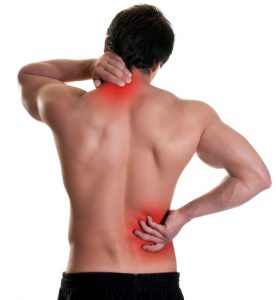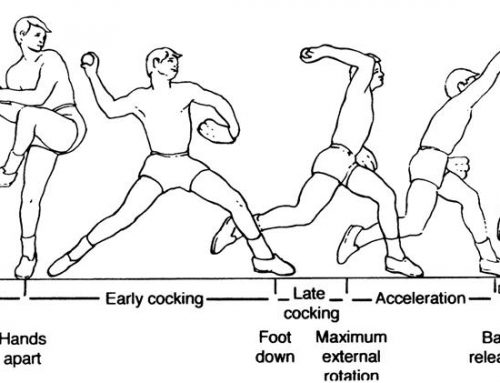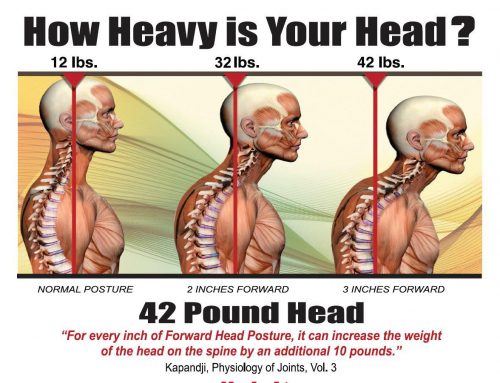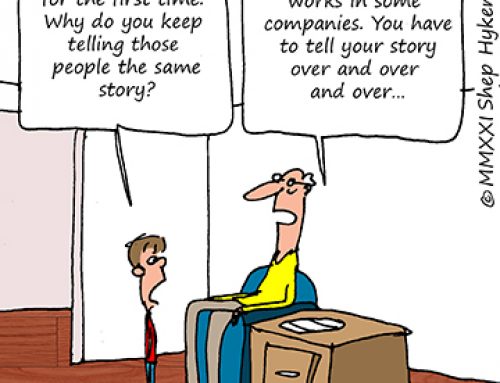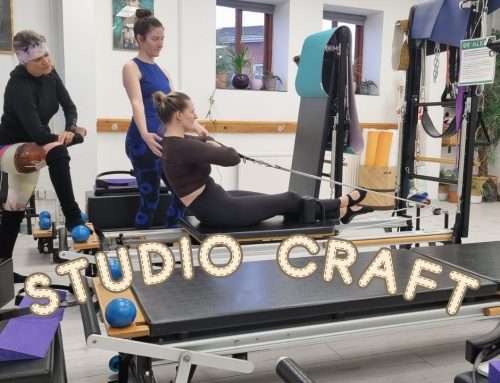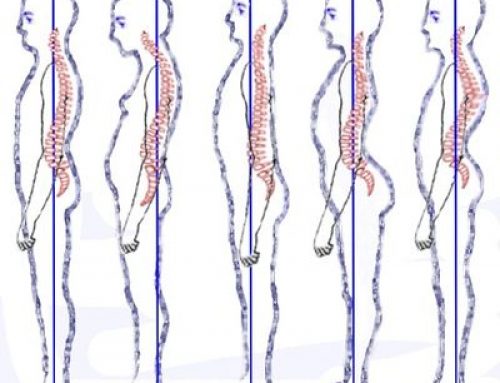“Yikes – I have back pain !”
As a movement practitioner the most common reasons that clients will come and see me is probably the words ‘BACK PAIN’. About 80 percent of adults experience lower back pain at some point in their lives. But what actually is back pain? Pain in my experience is a red herring for something else. In clinical practice, when one condition mimics another, it makes it difficult to obtain an accurate and timely diagnosis. The impersonating condition is a red herring, defined as “something intended to divert attention from the real problem or matter at hand; a misleading clue.” (The free dictionary)
Many interventions for the management of low back pain exist, however most have modest success at best, and there are few with clearly demonstrated benefits once pain becomes chronic. Therapeutic exercise, on the other hand, do appear to have significant benefits for managing patients with chronic low back pain (CLBP). Studies examining specific exercise techniques for LBP including core strengthening have reported even more promising results. Yoga and Pilates are two mind–body exercise interventions that address both the physical and mental aspects of pain with core strengthening, flexibility and relaxation. There has been a slow evolution of these non- traditional exercise regimens into treatment paradigms for LBP, although few studies examining their effects have been published.
Overall, the available literature suggests that a yoga intervention may decrease pain and improve function in the CLBP population. In addition, yoga appears to be a safe treatment option for the LBP patient with moderately good results.
The precise mechanism that underlies the therapeutic effects of yoga is unclear, but it appears to work on physical and mental factors that are associated with LBP. Yoga is generally believed to improve flexibility, strength, balance, and agility. For patients with LBP, yoga appears to address imbalances in the musculoskeletal system affecting spinal alignment and posture.
Studies also suggest that Pilates has beneficial effects in terms of decreasing pain and disability in patients with nonspecific CLBP. The Pilates method does, however, utilize principles of various accepted rehabilitation methods that have scientific support for LBP including core strengthening.
(Yoga and pilates in the management of low back pain Susan Sorosky Æ Sonja Stilp Æ Venu Akuthota)
Fascia and back pain
We are held together by a series of fascia. Fascia is embedded in all our tissues, Nerves run through our tissues and organs. Fascia is revealed as the basic tissue in relationship to the body, joining everything to everything else in one continuous tensional network, it is redefining our understanding of how one part experiences sensation relative to another. So sometimes the pain in an area can be transferred to the opposite side. Prolonged tension or restriction in one muscle area can then affect other associated muscles leading to pain and restriction of movement. Untreated this can eventually affect the same muscle groupings on the opposite side of the body and over a long period of time affect a large part of the body. This is known as Phlugers Law.
In contemporary movement fascia invites us to see and access movement in whole gestures and consider the relationships of parts paramount to each other. It changes our anatomical understanding in a relevant way to our actual experience of movement.
The body does not respond well to being fragmented and isolated and neither do we. Nor is a static state of fragmentation like life. Essentially even if our journey is one of distinguishing the parts, it only makes sense in the context of the process becoming whole. This is why I feel strongly about all medical practitioners connecting together, for example a back surgeon would integrate with the knee, liver and shoulder surgeon.
Inflammation appears to play a role in most chronic disease and controls our lives. (Buzzed on inflammation, Brent Bauer, M.D.General Internal Medicine, Editorial Board member of Mayo Clinic Health Letter).
Have you or a loved one dealt with pain, obesity, depression, anxiety, dementia, alzheimer’s, ADHD, peripheral neuropathy, diabetes, heart disease, stroke, migraines, thyroid issues, dental issues, or cancer? If you answered yes to any of these disorders you are dealing with inflammation.
Sadly, most of us are suffering from one or more of these disorders but have no idea how to eliminate inflammation. Most medical interventions are only utilising pharmaceuticals in lieu of getting to the root cause. Medicine saves lives everyday. However we should only use medicine as an emergency and not a lifetime of dependency. If we are to become true spiritual adults, we must take adult responsibility for ourselves and the planet by laying the foundations of wisdom. It often seems extremely foreign to most people when they realise the majority of inflammatory diseases start in the gut with an autoimmune reaction which progresses into systemic inflammation. To truly be effective at managing or hopefully overcome a disease it needs to be addressed on all levels. Taking a look at where this process starts is the key.
The truth is, almost anyone, no matter what you have been through, or what you are currently going through, Movement can help improve the health and biomechanical integrity of their spine. This is because to truly heal your back, you have to address your entire body. It’s not just a matter of doing the ‘magic’ exercises, stretches, and therapy, while continuing to live a self-destructive lifestyle. The CHEK method is the only method that I know which does this using an intensive lifestyle questionnaire, assessing rather than guessing.
We cover:
- Thoughts – A number of years ago the NSF estimated that our brains produce as many as 12,000 to 50,000 thoughts per day depending on how ‘deep’ a thinker you are (other estimates run as high as 60,000/day). Some people have estimated that upwards of 70-80% of our daily thoughts are negative. That’s very sad if true.
- Breathing – Breathing affects PH balance it is the primary function of the diaphragm. Stress shows up through short sharp shallow breaths, also associated with fear. We should breathe from the belly first then into the diaphragm. 70-75% of visits to the doctor are caused by improper breathing patterns. (CHEK foundation) The less efficient your breathing, the less healthy you will be.
- Circadian cycle – Good quality sleep gives the body a chance to repair, recover and heal. We get our physiological recovery between 10pm and 2pm and our psychological and nervous system recovery between 2am and 6am. The highest release of cortisol is then 6am to 12pm midday, so its the best time to exercise. If you are getting into bed at 12pm on a regular basis it means that you are missing two hours a night of your physical recovery. This can results in all sorts of aches pains and niggles that will not get better. (CHEK foundation)
- Food/Nutrition – Weight loss is about 80-90% diet, which means it is only 10-20% exercise. Gut Health is critical for overall health, whether we are talking about your back, your Thyroid, or your, adrenal glands, or anything else. Be aware that all of this begins with an understanding of leaky gut syndrome. How many health problems are being tied back to uncontrolled blood sugar? Just about all of them.
- Hydration – Drink lots of water, and only water, the body is 70% water. This will help with many things, including decreasing inflammation. If you are still smoking; stop! Smoking is not only highly Inflammatory, it literally starves every cell and dehydrates your body of oxygen.
- Movement – Choose the right movement for you, the body cannot distinguish between different types of stress meaning a high intense exercise can create the same stress equivalent to a divorce. The most important thing is to establish flexibility and posture first. Posture used to be a big deal and was taught in school. Now it is all but ignored.
“Pain insists upon being attended to. God whispers to us in our pleasures, speaks in our consciences, but shouts in our pains. It is his megaphone to rouse a deaf world.” ― C.S Lewis


